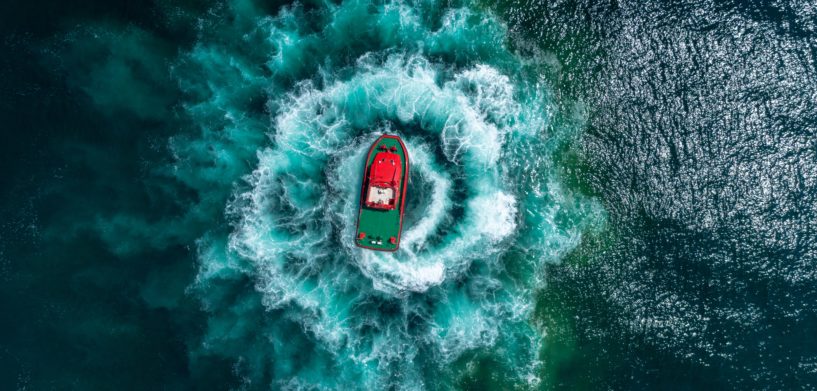Ships, like most other things on the planet, behave according to an expected “pattern of life.” They travel on predictable routes, at predictable speeds, with minor variations caused by weather. This is a matter of efficiency, intended to optimize fuel usage while still meeting shipping deadlines. It also improves safety, since a known location makes a vessel less likely to be involved in a collision and easier to find if something does go wrong.
When a ship breaks from its expected pattern of movement, that’s an anomaly. Anomalies can take many forms — the vessel might make a random stop in open water, move faster or slower than usual, deviate from its predicted course, or make a conspicuous rendezvous maneuver.
Just like in any field dealing with traffic patterns and logistics, some degree of anomalous movement is unavoidable. The vast majority of ships, of course, do behave correctly. And there are valid reasons for deviations from the norm, such as collisions, groundings, and unfavorable weather.
Detecting Illicit activities
But an anomaly could also appear in a ship’s AIS data, which is less likely to indicate a natural disturbance and therefore more worrisome. The vessel’s position could be spoofed so that it transmits an incorrect location, or the transmission could be stopped altogether, causing the ship to go dark and then jump to a new spot on the map when AIS is restarted. Duplicate AIS IDs are another sign of trouble.
Just recently, MIT Technology Review reported about “ghost ships” at the port of Shanghai — vessels with AIS positions indicating they were nearby, when actually they weren’t.
These kinds of anomalies may point to forbidden behaviors. Illegal fishing, environmental pollution, piracy, espionage, and smuggling are just some of the reasons a ship may attempt to avoid real-time detection. The trick is to find these “needles in the haystack” among the millions of available data points.
It’s in everyone’s best interest to prevent such activities, making maritime awareness the business of enforcement agencies and private citizens alike. Follow along with this series of blog posts on the Sensing Change Blog to learn more about how technology can improve anomaly detection and interpretation.















